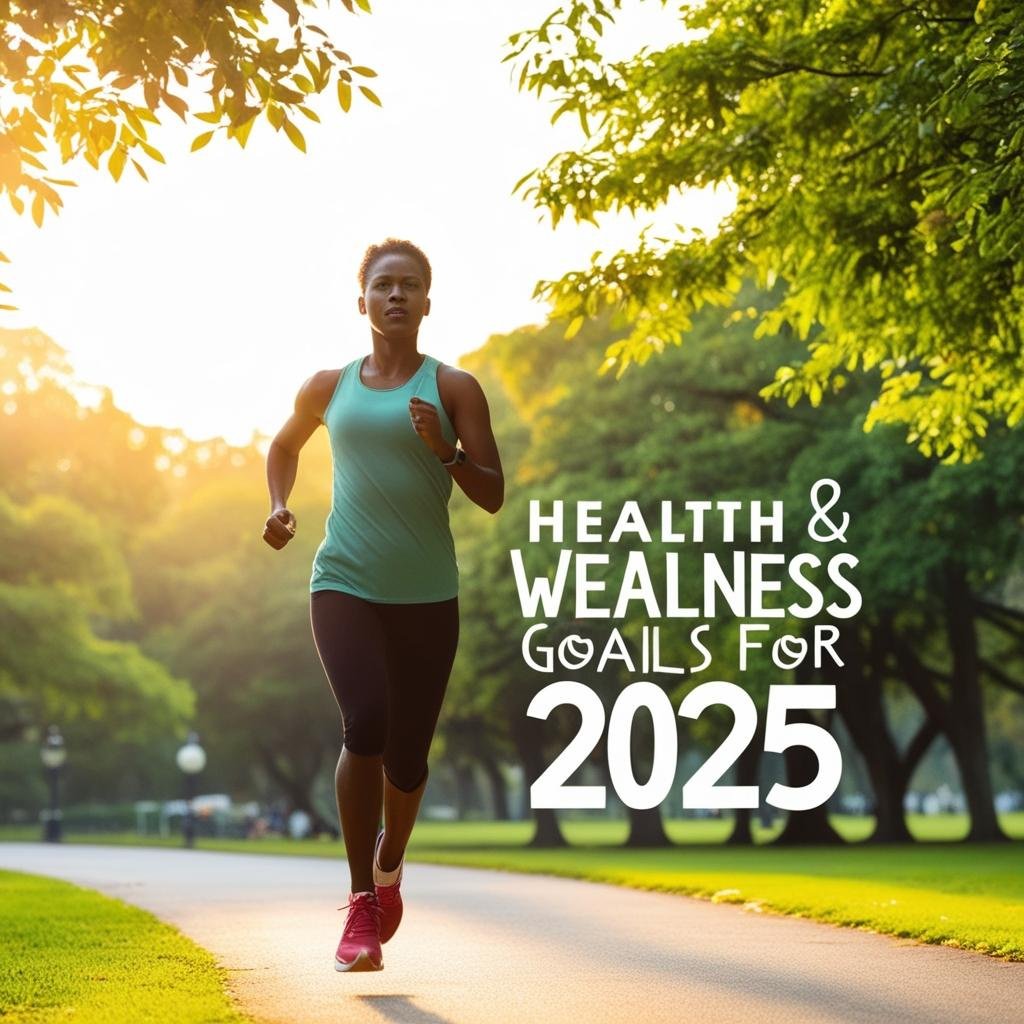How to Stick to Your New Year Fitness Resolutions
New Year’s fitness resolutions are often easy to make but difficult to maintain. As weeks pass and everyday life becomes busier, the excitement of your initial commitment can fade, and workouts can slide down the priority list. For many, the solution lies in building a morning workout routine that becomes as integral as brushing your teeth—something done automatically, without debate. Morning workouts have a unique advantage: they allow you to start your day with an accomplishment and eliminate many common excuses that arise later in the day. Here’s how you can stick to your New Year fitness resolutions by establishing a sustainable, enjoyable morning workout habit.
Set Realistic Expectations and Goals
One of the most common pitfalls of New Year’s fitness resolutions is expecting dramatic changes in a short period. It’s essential to understand that lasting fitness progress takes time and patience. If you’ve accumulated years of inactivity or unhealthy habits, don’t expect to undo them in a matter of weeks. Unrealistic expectations often lead to frustration and burnout, resulting in quitting by March. Instead, approach your goals with a sustainable mindset by creating short, medium, and long-term objectives.
- Short-term goal: Set a goal that you can achieve within the first month, such as committing to three morning workouts a week.
- Medium-term goal: Focus on building consistency over three months, working toward increasing your workout frequency or intensity.
- Long-term goal: Envision where you want to be in six months to a year—whether that’s improving strength, endurance, or overall fitness.
Breaking your journey into manageable segments ensures that you’re always working toward something. These milestones will keep you motivated, allowing you to experience progress while avoiding the burnout that often comes with unrealistic expectations.
Start with Small Steps and Ramp Up Gradually
When enthusiasm is high, it’s tempting to make drastic changes to your routine, diet, and lifestyle all at once. However, going from zero to 100 overnight often leads to overwhelm, exhaustion, and unsustainable habits. Instead, take a gradual approach. In the first week, focus on simply waking up early and making it to the gym a few times. In the second week, add a small adjustment, like incorporating one nutritious meal daily or dedicating an extra 10 minutes to stretching.
Over time, small adjustments to your diet and lifestyle will accumulate, making the process manageable and setting you up for long-term success. By avoiding the “all-in” mentality, you’ll build a solid foundation that’s both effective and sustainable, allowing you to stay consistent without feeling like you’ve “thrown the kitchen sink” at it.
Prepare the Night Before
Building a successful morning workout habit starts the night before. Set yourself up for success by preparing all of your workout essentials ahead of time. Lay out your clothes, pack your gym bag, and make sure your water bottle and any snacks are ready. This eliminates the need to make decisions or search for items in the morning, which can be a deterrent when you’re still groggy.
As a powerful additional trick from The Power of Habit, place your phone in one of your running shoes by your bed with the alarm set for your wake-up time. When the alarm goes off, reaching for your phone will require you to physically touch your workout gear, reinforcing the intention to get moving. This small yet effective cue helps bridge the gap between intention and action, making it easier to follow through.
Commit to an Earlier Bedtime
Adjusting your wake-up time for morning workouts doesn’t mean sacrificing sleep. Create a habit of going to bed earlier to ensure you’re well-rested and prepared for an active start. Set a reminder or an alarm to signal winding down each evening—powering off electronics, dimming the lights, and avoiding stimulating activities at least 30 minutes before bed. Over time, this new bedtime will feel more natural, and you’ll find it easier to wake up without feeling sluggish or tempted by the snooze button.
Accountability and Commitments
Accountability can be a powerful motivator when it comes to staying consistent with fitness goals. A few ways to create accountability include:
- Sign up for a class: Many gyms offer early morning classes, and reserving your spot holds you accountable. The commitment, especially if there’s a cancellation fee, makes it harder to back out.
- Work with a personal trainer: Even a weekly session with a trainer can provide structure and guidance. Trainers can design a workout plan for you to follow independently, ensuring that your workouts are well-rounded and effective.
- Find an accountability partner: Having a friend or colleague who shares your goals can provide a valuable support system. Checking in with each other can make a significant difference in staying motivated and consistent.
Knowing someone else is counting on you makes it easier to show up, especially on days when motivation is low.
Go, Even When You Don’t Feel Like It
Establishing any habit requires consistency, especially on the days when you’re not feeling motivated. On mornings when you’d rather stay in bed, remind yourself that these are the moments that truly shape your commitment. Push through, knowing that skipping today will only make it harder to get back on track tomorrow. If you’re genuinely ill, make a conscious decision the night before to skip the gym and reset your alarm. That way, the decision is intentional rather than impulsive.
Track Your Progress and Celebrate Milestones
Tracking progress is a powerful way to reinforce your new habit and maintain motivation. Start by keeping a workout journal or using a fitness app to record details of each session, such as exercises, weights, reps, and duration. Watching your improvements over time serves as a tangible reminder of your dedication, making it easier to stay committed to your morning routine.
Celebrate small wins along the way. Reaching a milestone, such as completing your first full month of consistent workouts, deserves acknowledgment. These celebrations don’t have to be grand—simply recognize your progress and the effort you’ve invested. Each milestone reinforces your confidence and commitment, helping you stay on track in the months to come.
Conclusion
Forming a lasting morning workout habit is about cultivating consistency, not expecting instant results. Building new habits takes time, and some mornings will be easier than others. Be patient with yourself as you adapt to this new routine, trusting that each small step is contributing to a larger transformation.
By focusing on consistency over intensity, you’ll develop a habit that can serve you well beyond the initial excitement of the New Year.





